Actions have consequences. Unfortunately, those consequences are not always entirely welcome, intended, or predictable. There are numerous examples of governments, organizations, and even individuals acting with good intentions, only for their efforts to backfire catastrophically. Sometimes the cure can be worse than the disease, as these examples of the law of unintended consequences demonstrate.
10. Macquarie Island
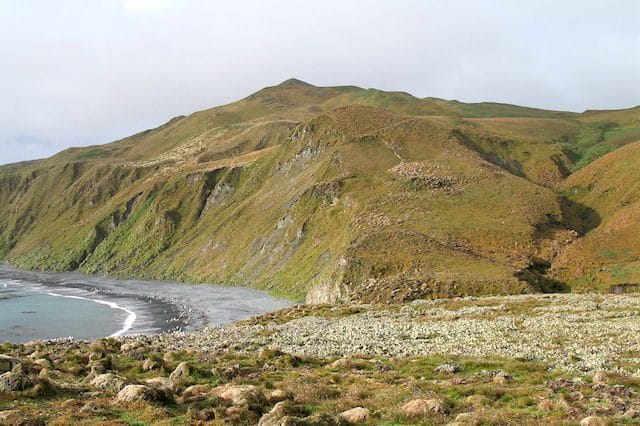
Located in the vast expanse of almost entirely empty ocean between Australia and Antarctica, Macquarie Island is so remote that nobody knew of its existence until 1810. Its most notable inhabitants at the time were several species of rare birds and a huge population of fur seals.
The island’s wild beauty didn’t have universal appeal, with one early visitor described it as being: “the most wretched place that can be conceived.” Nonetheless, the presence of so many seals soon attracted hunters. The hunters’ ships brought unwanted stowaways in the form of rats, so it seemed like a good idea to introduce cats to keep their numbers in check.
Rabbits were added to provide a readily available source of food for any shipwrecked sailors who might find themselves stranded on the island.
All three invaders were soon wreaking havoc on the island’s delicate ecosystem, but it seemed to be the cats that were causing the most destruction. The feral felines ate their way through the island’s birds with such remorseless efficiency that conservationists set out to eradicate them.
By the year 2000, Macquarie Island was judged to be entirely cat free, but its problems were not over. With their only predator gone, the island’s rabbits were free to do what they do best: breed and eat. Within a matter of years, they’d consumed 40% of the island’s vegetation. The impact has been described as an ecological meltdown, and the subsequent campaign to repair the damage and eradicate the island’s rabbits, which is only now nearing completion, has already cost millions of dollars.
9. The Eastland Disaster
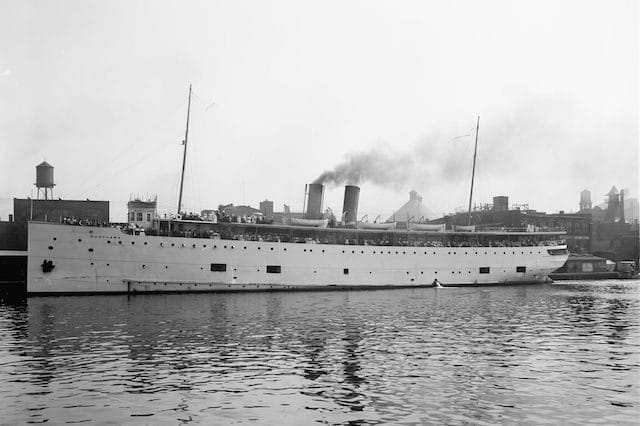
In the early hours of April 15, 1912, the RMS Titanic collided with an iceberg in the North Atlantic Ocean. Within just three hours the fatally wounded passenger liner slipped beneath the waves and into history. More than 1,500 people lost their lives.
The Titanic had been one of the most famous ships in the world, and the huge loss of life, including some very wealthy individuals, spurred the US Senate to call an inquiry. It was concluded, entirely reasonably, that the death toll would have been substantially lower if the Titanic had set to sea with a full complement of lifeboats.
In 1915, as a direct result of the Titanic disaster, a new law stipulated that any American ship of over 100 tons had to carry enough lifeboats to carry every passenger in the event of an emergency. Unfortunately, this did not have the intended effect of making every ship safer.
The SS Eastland was a badly-designed, ungainly vessel at the best of times. The extra weight of several additional lifeboats crammed onto her top deck turned her into an unstable death trap. On July 24, 1915, just yards from her moorings on the Chicago River, she tilted alarmingly, took on water, and rolled over in just twenty-feet of water. While some lucky survivors were able to literally step from the Eastland’s upturned hull onto dry land, many less fortunate individuals were trapped below decks or thrown into the water.
More than 800 people lost their lives in the disaster. While the poor design of the ship and the owners’ failure to carry out tests were also to blame, it was the extra weight of the lifeboats that caused the Eastland to sink.
8. The Streisand Effect

Check out these examples of the Streisand Effect. In 2002 a photographer by the name of Kenneth Adelman made it his mission to record the entire Californian coastline in a series of thousands of aerial photographs. The project was just beginning to get off the ground when he received a threatening letter from Barbra Streisand’s lawyers. The famous singer and actress had discovered her house numbered amongst those pictured, and she was not amused.
Adelman had not set out to target Streisand’s house. It was just one among thousands that featured in his work, all of them from such a distance that no real detail could be made out. Still, Streisand insisted her privacy had been invaded.
When Adelman refused to remove the offending photograph, Streisand hit him and his non-profit organization with a $50 million lawsuit. This turned out not only to be a wild overreaction but a very bad idea. When Streisand began legal proceedings, the offending photograph had been downloaded a grand total of six times, two of these by her own lawyers. As the case, which Streisand subsequently lost, made headlines around the world, the previously obscure California Coastal Project website began receiving hundreds of thousands of hits every month.
If Streisand had been trying to draw attention to the photograph, which was most definitely not her intention, then she could scarcely have done a better job.
7. The Treaty of Versailles
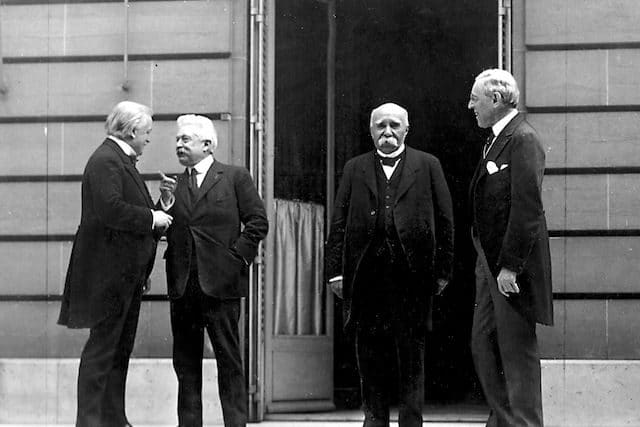
In November 1918, the slaughter of World War One, or the Great War as it was then known, finally came to an end. However, the terms of Germany’s surrender weren’t ratified until June 1919 in the French city of Versailles.
While the fighting had never reached German soil, the mighty German Army had none the less been defeated. The Germans had no choice but to accept whatever terms were demanded of them. The Allied powers set out to ensure the German war machine could never threaten them again.
Germany was forced to accept sole responsibility for the war, most of their fleet was to be scrapped, their army was reduced to just 100,000 men, and restrictions were placed on the construction of civilian and military aircraft. On top of this the Germans were to pay vast, unspecified sums of war reparations to the victorious Allied powers.
Rather than caging the German tiger, the Allies only succeeded in enraging it. The Treaty of Versailles was universally hated amongst the German people, and Adolf Hitler made great political capital from his vocal opposition to it.
As Hitler trampled over the restrictions one-by-one, boosting his domestic popularity in the process, Allied politicians were divided over how to react. Many of them felt the terms of the treaty were far too harsh; they argued that Hitler was just taking back what was rightly his.
The Treaty of Versailles was a key factor in the rise of Hitler and the outbreak of World War Two. Fortunately, lessons were learned. At the end of World War Two, American financial aid flowed into Western Germany, transforming a former foe into an ally.
6. The Smokey Bear Effect

The United States Forest Service has been managing America’s woodlands since 1905. For most of this time history the Forest Service regarded forest fires as an enemy devoid of any redeeming qualities.
It gradually became apparent that decades of highly successful fire prevention had been storing up problems for the future. Analysis of tree rings revealed that a substantial fire would be expected to sweep through an unmanaged forest once or twice a decade. The larger trees would survive, but much of the undergrowth and pine needles would be burnt away. It turned out this process was vital to the health of the forest.
With the undergrowth choking the forest, many species of plants found themselves starved of sunlight reaching the forest floor. Even worse, when a fire finally did break out it would be fed by huge quantities of highly-combustible material. These megafires destroy everything in their path. Even huge pine trees, some of which grow to more than two-hundred feet tall and have stood for several thousand years, are unable to withstand the ferocity of the blaze.
5. The Enfield Rifle
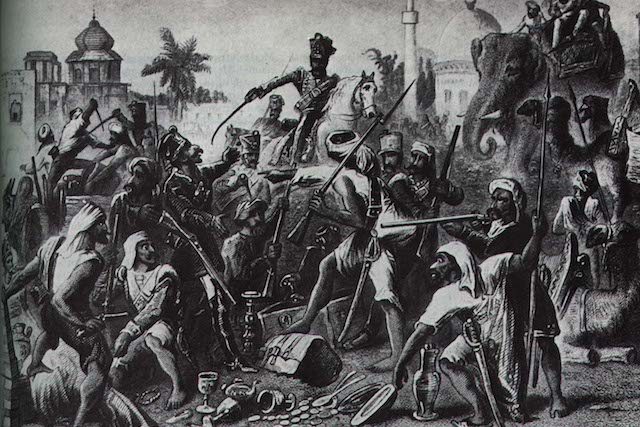
By the mid-1800s the British Empire had become the largest empire the world had ever seen. The British would rely on the superiority of their technology to hold dominion over so many peoples, and in 1855 British and colonial soldiers began to be equipped with P53 Enfield Rifles.
The new Enfield rifles were a significant upgrade on the muskets that had come before, but there was a problem: they were rumored to use cartridges greased with pig and cow fat. Whether or not this was actually the case isn’t entirely clear, but it was enough that people believed it to be so. Most of the population of India, the crown jewel of the British Empire, were Hindus who regarded cows as being sacred. Most of the rest were Muslims who believed pork to be unclean. The British managed to outrage both groups simultaneously.
In April 1857, the British imprisoned a small group of Indian soldiers who refused to use the cartridges. The discontent that had simmered throughout India boiled over into rebellion, which became a vicious war for independence. It took more than a year of fighting and brutal reprisals for the British to reassert their control. The introduction of the Enfield rifle almost cost the British their grip on India.
4. The Four Pests Campaign

In 1958 Mao Zedong launched the Democratic Republic of China into what he called “the Great Leap Forward.” Over the course of five years he intended to transform China from an agrarian society into an industrial powerhouse.
One of the many goals Mao set was the eradication of those species he deemed to be unwanted pests. Flies, mosquitoes, and rats all made the hitlist for Mao’s Four Pests Campaign, as did sparrows since they ate seeds that could otherwise have been used for human consumption.
China’s entire population was mobilized in Mao’s war against the sparrows. There could only be one winner. Within a few short years the birds had been all but wiped out, with catastrophic results.
While sparrows did eat a small amount of seeds, the bulk of their diet was made up of insects. With the sparrows gone, China was overrun by a plague of locusts. Entire crops were lost. Mao belatedly realized his mistake and reintroduced sparrows obtained from the Soviet Union, but by then much of the damage was done and more than twenty-million people had starved to death in one of history’s most terrible famines.
3. India’s Vultures
https://www.youtube.com/watch?v=6kiNKHq_wYs
In the mid-1990s India’s population of vultures began to die in droves. At first it was thought the animals were being killed off by a mysterious disease, but the culprit was eventually identified as an anti-inflammatory drug called diclofenac that was being administered to sick cattle.
As the vultures scavenged meals from the cows that didn’t pull through, they consumed small quantities of the drug. A vulture’s stomach acid is capable of dissolving anthrax and cholera bacteria, but the slightest trace of diclofenac causes their kidneys to fail. In a matter of just a few years India’s vulture population plummeted from 40 million to just 100,000 birds.
In India cattle are raised almost exclusively for dairy rather than meat, so when the beasts die their carcasses are left for scavengers. When the vultures all but disappeared, food was in plentiful supply for the millions of feral dogs that roam India in packs. More dogs meant more humans being bitten, and this in turn led to an increase in fatalities from rabies.
The Indian Government banned the use of diclofenac in 2006, but the damage may prove to be irreversible. Despite the efforts of conservationists several species of vultures remain critically endangered.
2. HMS Dreadnought
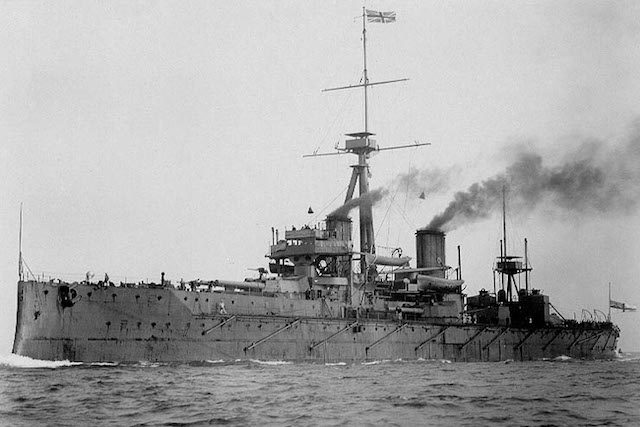
In 1906 the British launched a revolutionary new warship. HMS Dreadnought was more heavily-armed and armored than any other ship afloat. One British Admiral lovingly described her as the most powerful thing in the world.
Sea power was so important to the British that their stated policy was to maintain a navy more powerful than their two closest competitors combined. HMS Dreadnought had been introduced to ensure Britain would continue to rule the waves, instead it inspired a fearsome enemy to challenge British strength.
Britain’s Royal Navy substantially outnumbered the German Imperial Fleet, but that no longer counted for very much. HMS Dreadnought had rendered every other ship obsolete overnight; what now mattered was whether the Germans could build new Dreadnought class ships faster than the British. The Germans thought they could, and from 1906 until the outbreak of World War One the two nations embarked on a hugely expensive naval arms race.
The Royal Navy by no means welcomed the competition sparked by the introduction of HMS Dreadnought, but it was perhaps a good thing. Had the Germans not poured such vast sums into the Imperial Fleet, which spent almost the entire war at port, there would have been considerably more resources available for the German Army.
1. Korean Demilitarized Zone
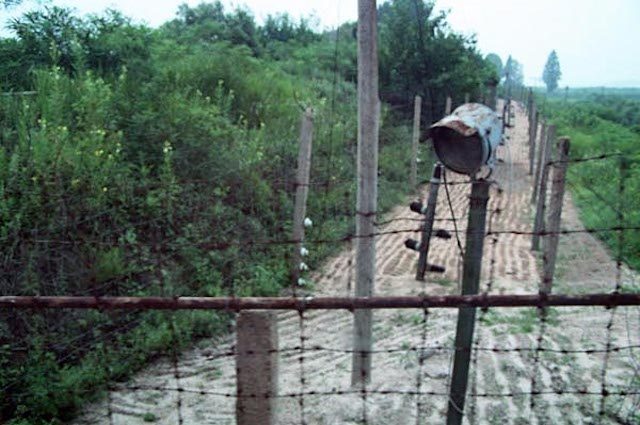
In July 1953 the shooting phase of the Korean War came to an end when North and South Korea signed an armistice that brought three years of brutal warfare to an end.
The two sides were separated by a kind of no-man’s-land, a demilitarized zone, some 2.5 miles wide, that runs across the entire width of the Korean Peninsula.
The Demilitarized Zone’s intended purpose was to prevent the two Koreas from tearing each other’s throat out. It has, so far, succeeded in this laudable goal, but there have also been unintended consequences. Fortunately, they’ve been entirely favorable.
Almost totally uninhabited and free of human influence for decades on end, the Demilitarized Zone was gradually reclaimed by nature. It’s now a thriving ecosystem that’s home to thousands of species, several of which can’t be found anywhere else on the Korean Peninsula.
Every now and then the law of unintended consequences works out in everyone’s favor.